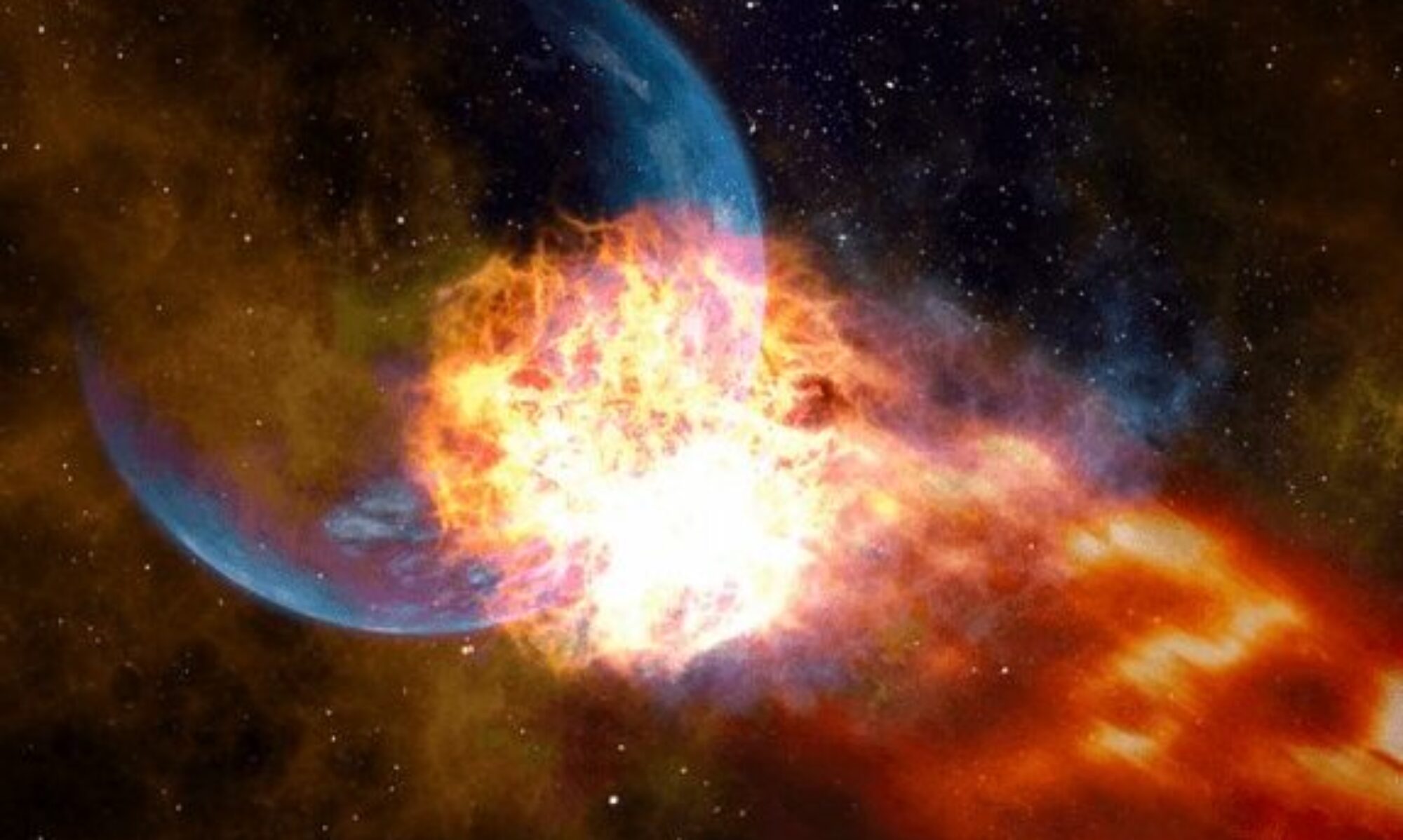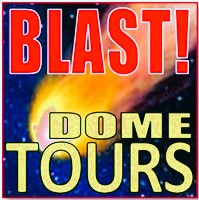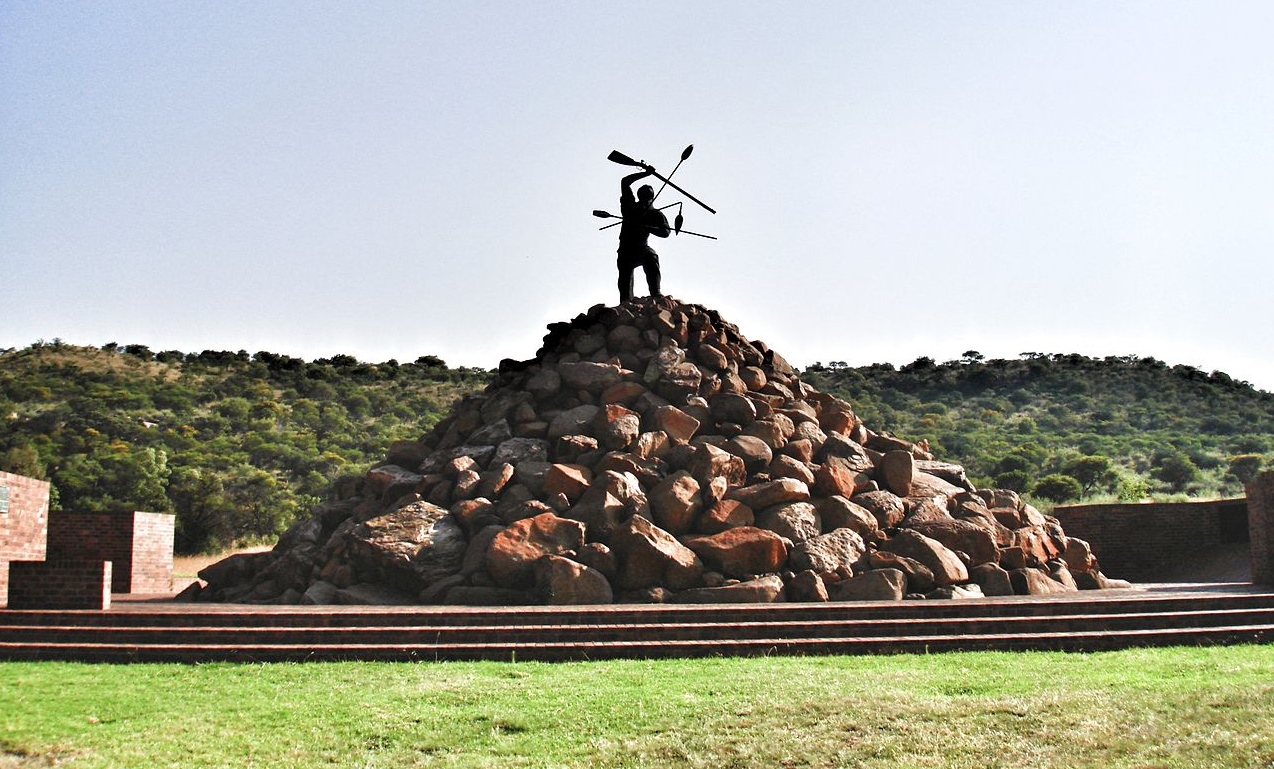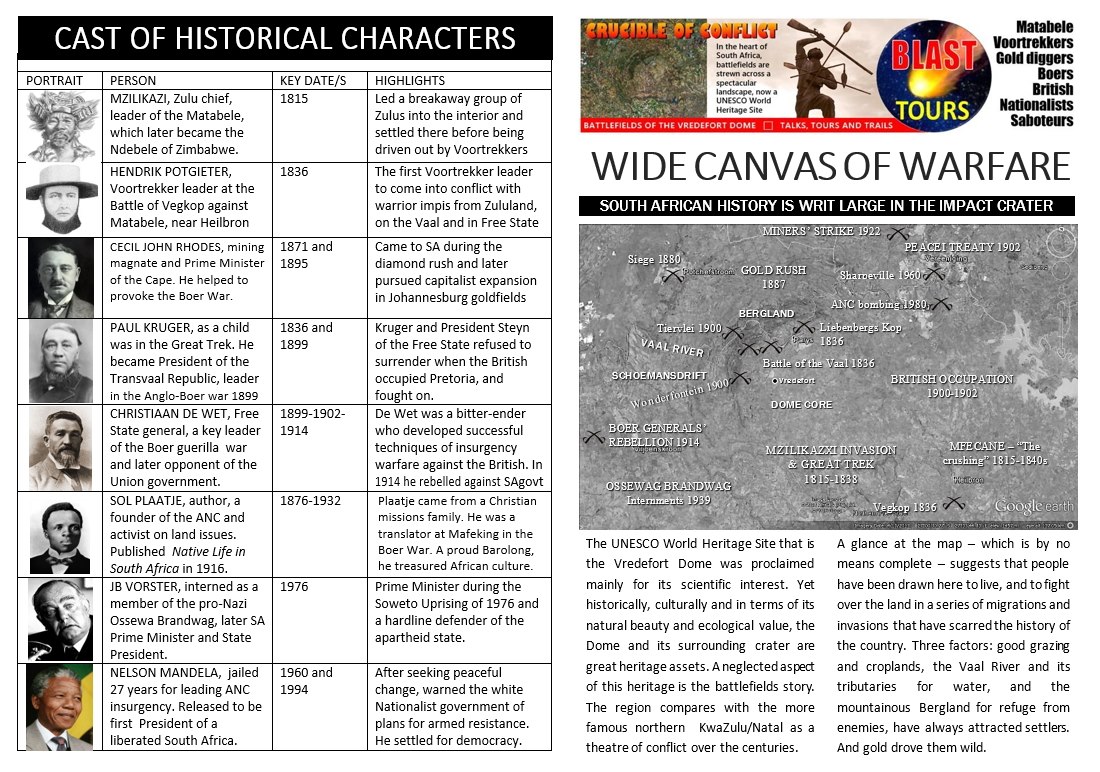
Crater of Conflict
A neglected aspect of the Dome is the battlefields story. The region compares with the more famous northern KwaZulu/Natal as a theatre of conflict over the centuries.
The UNESCO World Heritage Site that is the Vredefort Dome was proclaimed mainly for its scientific interest. Yet historically, culturally and in terms of its natural beauty and ecological value, the Dome and its surroundings could be described as the Crater of Conflict.
An array of famous personalities from Mzilikazi to Nelson Mandela, from Cecil John Rhodes and Paul Kruger to Jan Smuts and Robert Sobukwe, walk the stage of the Dome.Strife between the Matabele and Voortrekkers, Boers and Brits, Rebels and the Union government, anti-apartheid freedom fighters and the white nationalist state, and finally rightwingers and the ANC government, make this terrain a prime historical venue for research and tours.

History
Three environmental factors have made the area attractive to waves of migrants from the north and south, leading inevitably to conflict. The Vaal River (water), the Highveld grasslands (grazing), and the Dome Bergland or Mountain Land. From earliest human times the Dome was settled by hunter-gatherers and herders. Some came from central Africa.
It was the arrival of the Zulu chief Mizilikazi in 1815, leading his new tribe the Matabele, that opened modern history. In 1836 the Voortrekkers crossed the Vaal and almost immediately fought skirmishes and the Battle of the Vaal just down the river from modern day Parys.
The discovery of gold in 1884 accentuated the conflicts, drawing fortune-seeking Uitlanders from all over the world who demanded citizenship rights from the Kruger government. Britain intervened, provoking the Anglo-Boer War of 1899-1902. Several battlefields of that war lie in the near surroundings.
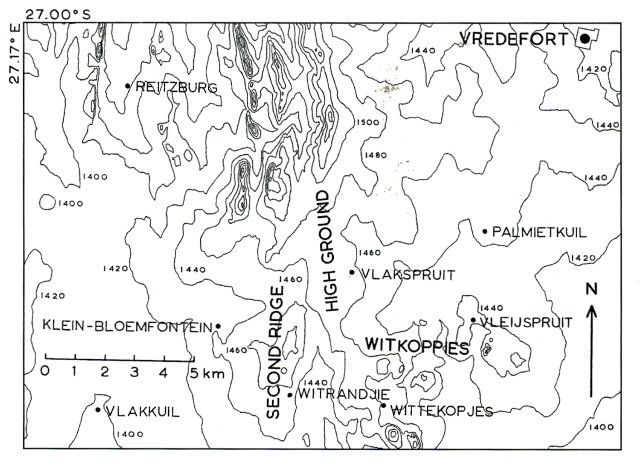
In 1914 and again in 1939, Afrikaner rebels opposed the governments that grew out of the Boer War settlement and alliance with Great Britain. Right-wingers predominated in the Western Transvaal (part of the crater).

The Sharpeville massacre of 1960 occurred near Vereeniging. During the Soweto Uprising, one of the child leaders of rebellion in Parys was Stompie Sepei, later murdered in a murky affair involving Winnie Mandela’s “soccer team”.
Gold and politics
Of key importance is the link between South Africa’s gold wealth and its modern history, shaped by the gigantic asteroid’s impact some two billion years ago. Without the Dome structure, prospectors might never have discovered the gold reef sticking out of the ground as the Witwatersrand ridges in Johannesburg.
Without the Dome, South Africa would not have become the country it is today, built on gold wealth and migrant labour. The socio-economic forces that gave rise to mining capitalism shaped the modern racial politics of the country.

There is much more to tell, so if you’re interested in a new take on the Dome get hold of us at impact@vdome.co.za or +27 84 245 2490 and we’ll show you an area as fascinating as northern KwaZulu/Natal – and perhaps more significant in terms of South African history.
